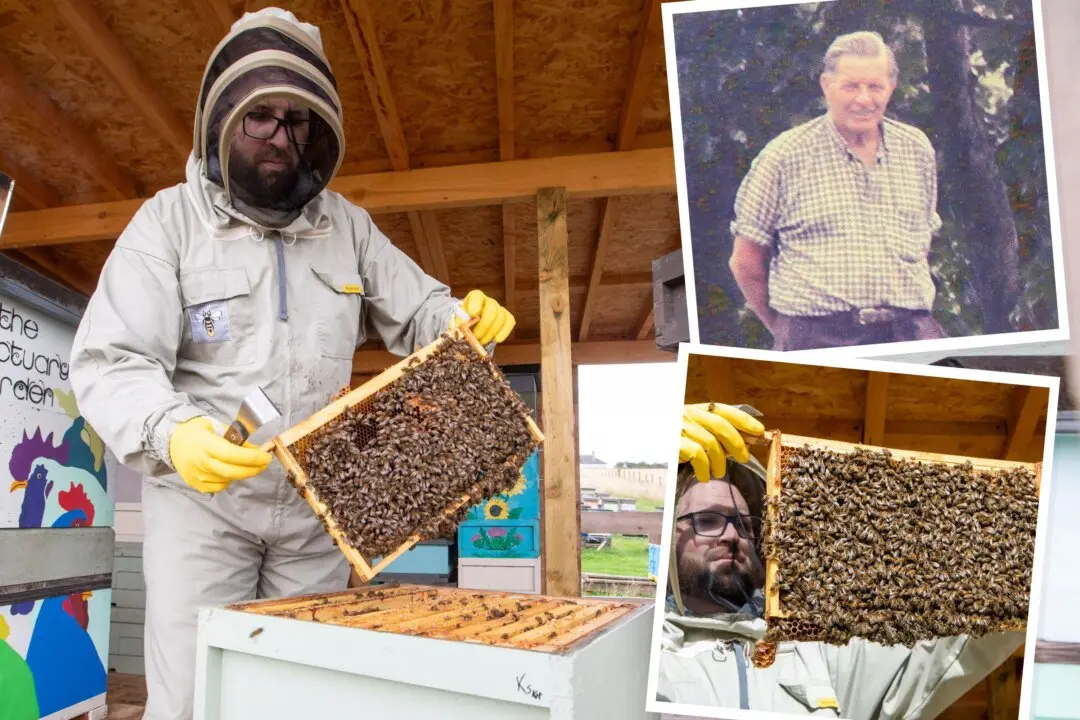British scientists have created a map of 4.4 million galaxies by scanning more than a quarter of the world’s northern skies.
They are revealed in astonishing detail—providing spectacular images of our universe.
Most are billions of light-years away. They harbor massive black holes and rapidly growing new stars.
In rare cases, two separate groups are colliding into each other to form “supergalaxies.” Flaring suns can also be detected within the Milky Way.

They would be deadly to extraterrestrials on nearby planets, unleashing streams of particles that play havoc with atmospheres.
An international team used the alien-hunting virtual telescope named LOFAR (Low Frequency Array).
It links radio antennae at the Chilbolton Observatory near Andover, Hampshire, with 5,000 others stationed across Europe.
“This project is so exciting to work on,” said astronomer Dr. Timothy Shimwell, of Leiden University, in the Netherlands. "Each time we create a map, our screens are filled with new discoveries and objects that have never before been seen by human eyes.
“Exploring the unfamiliar phenomena that glow in the energetic radio universe is such an incredible experience. Our team is thrilled to be able to release these maps publicly.”

Watching distant galaxies could explain the mystery of how the universe evolved. It may even answer the age-old question: “Are we alone?”
The antennae operate at the lowest FM frequencies accessible from Earth. They are connected by supercomputers and high-speed internet.
“This release is only 27 percent of the entire survey. We anticipate it will lead to many more scientific breakthroughs in the future,” said Shimwell.
“They include examining how the largest structures in the universe grow, how black holes form and evolve, the physics governing the formation of stars in distant galaxies, and even detailing the most spectacular phases in the life of stars in our own galaxy.”
The stunning chart was produced by deploying state-of-the-art data algorithms.

Modeling processed 3,500 hours of observations that occupy eight petabytes of disk space—equivalent to roughly 20,000 laptops.
Launched in 2014, the deep imaging LOFAR Two-metre Sky Survey will eventually cover the entire northern sky. The findings are the most extensive to date.
About a million of the galaxies have never been seen before with any telescope. Almost four million are new discoveries at radio wavelengths.

Co-author Dr. Leah Morabito, from Durham University, added, “We have opened the door to new discoveries with this project.
“Future work will follow up these new discoveries in even more detail with techniques, which we work on here as part of the LOFAR-UK collaboration, to post-process the data with 20 times better resolution.”
The study, published in Astronomy & Astrophysics, is a major step toward detecting signals from nearby planets or galaxies—or those in the distant universe.





